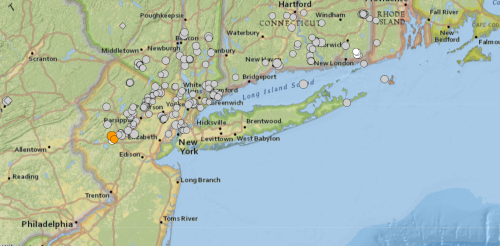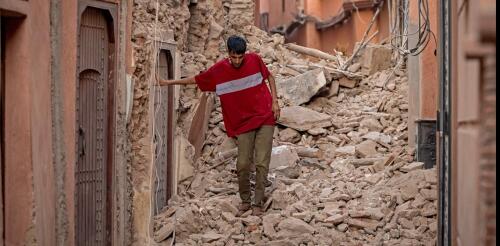Faults
It’s rare to feel earthquakes in the U.S. Northeast, so the magnitude 4.8 earthquake in New Jersey that shook buildings in New York City and was felt from Maryland to Boston on April 5, 2024, drew a lot of questions. It was one of the strongest earthquakes on record in New Jersey, though there were few reports of damage. A smaller, magnitude 3.8 earthquake and several other smaller aftershocks rattled the region a few hours later. We asked geoscientist Gary Solar to explain what causes earthquakes in this region. What causes earthquakes like this in the US Northeast? There are many ancient faults in that part of New Jersey that extend through Philadelphia and along the Appalachians, and the other direction, past New York City and into western New England. These are fractures where gravity can cause the rock on either side to slip, causing the ground to shake. There is no active tectonic plate motion in the area today, but there was about 250 million to 300 million years a...
Earthquakes, large and small, happen every single day along zones that wrap around the world like seams on a baseball. Most don’t bother anybody, so they don’t make the news. But every now and then a catastrophic earthquake hits people somewhere in the world with horrific destruction and immense suffering. On Oct. 7, 2023, a 6.3 magnitude earthquake struck near the historic city of Herat, Afghanistan, leaving more than 1,000 people dead in the rubble, according to estimates. It was followed by two more earthquakes, just as powerful, on Oct. 11 and Oct. 15. A few weeks earlier, on Sept. 8, a 6.8 magnitude earthquake shook ancient villages apart in the Atlas Mountains of Morocco, killing nearly 3,000 people. In February 2023, a large area of Turkey and Syria was devastated by two major earthquakes that hit in close succession. As a geologist, I study the forces that cause earthquakes. Here’s why some seismic zones are very active while others may be quiet for ge...

